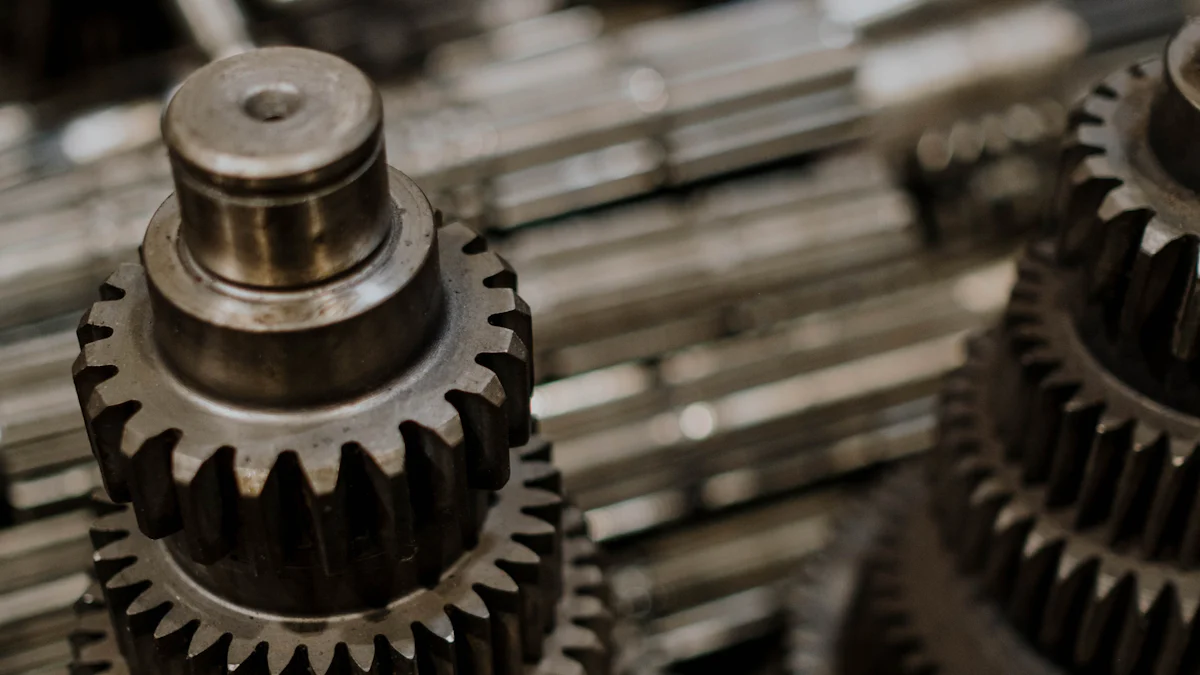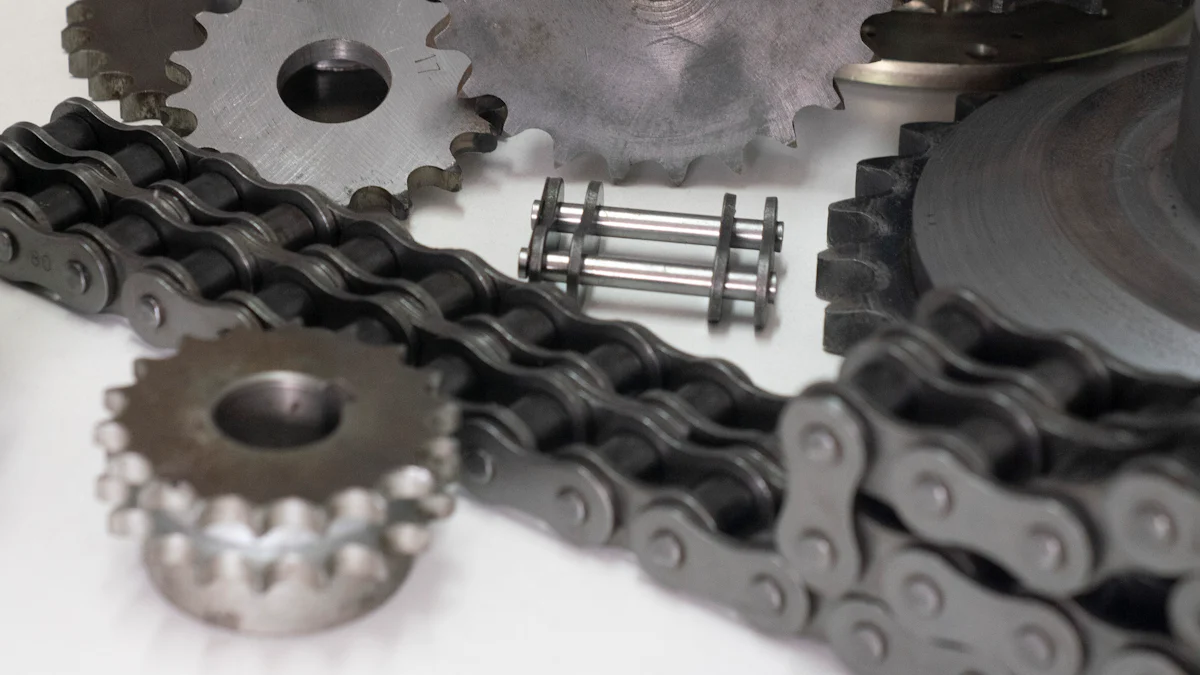
Micro axis parts are precision-engineered components essential for mechanical systems, enabling rotational or linear motion in confined spaces. Their significance is evident in various fields, from robotics to medical devices. Selecting a reliable micro axis part supplier is crucial to ensuring top-notch quality and precision in these critical applications.
Key Takeaways
- Micro axis parts help with exact movements in small spaces. They are important in areas like robots and medical tools.
- Using strong materials like stainless steel or titanium makes them last longer. This also means they need fewer replacements.
- Picking a trusted supplier gives you well-made parts. These parts meet high-quality rules, which is important for serious uses.
What Are Micro Axis Parts?

Definition and Purpose
I define micro axis parts as small, precision-engineered components that play a vital role in mechanical systems. These parts enable rotational or linear motion in compact spaces where larger components cannot fit. Their purpose is to ensure smooth and accurate movement, which is essential for devices requiring high precision. For example, in medical devices or robotics, micro axis parts allow intricate movements that larger mechanisms cannot achieve. These components are indispensable in industries where space-saving designs and precision are critical.
How They Work in Mechanical Systems
Micro axis parts work by transferring motion or force within a mechanical system. I often see them used in systems where tiny, precise movements are necessary. For instance, in a robotic arm, micro axis parts help control the rotation of joints or the linear motion of actuators. They achieve this by using mechanisms like miniature bearings, shafts, or gears. These components reduce friction and ensure smooth operation. Their compact size allows them to fit into tight spaces, making them ideal for modern, miniaturized devices.
Common Materials Used in Micro Axis Parts
The materials used in micro axis parts must be strong and durable. I notice that manufacturers often use metals like stainless steel, titanium, or aluminum. These metals resist wear and corrosion, ensuring the parts last longer. In some cases, engineers use advanced materials like ceramics or high-performance plastics. These materials provide additional benefits, such as lightweight properties or resistance to extreme temperatures. Choosing the right material depends on the application and the environment where the part will operate.
Key Features and Characteristics
Precision and Accuracy
I believe precision and accuracy are the most critical features of micro axis parts. These components must perform exact movements without error. For example, in medical devices, even a tiny misalignment can affect the outcome of a procedure. Manufacturers design these parts with tight tolerances, often measured in microns. This ensures they meet the high standards required in industries like robotics and aerospace.
Tip: Always choose micro axis parts with proven precision ratings for applications requiring high accuracy. This ensures reliable performance.
Advanced manufacturing techniques, such as CNC machining and laser cutting, help achieve this level of precision. These methods allow engineers to create parts that fit perfectly into complex systems. I’ve noticed that this precision not only improves functionality but also reduces wear and tear over time.
Durability and Material Strength
Durability plays a key role in the performance of micro axis parts. These components often operate under high stress or in challenging environments. I’ve seen manufacturers use materials like stainless steel and titanium to ensure strength and resistance to wear. These metals can handle repeated use without deforming or breaking.
In some cases, engineers select materials like ceramics or high-performance plastics. These materials offer unique benefits, such as resistance to extreme temperatures or lightweight properties. For example, aerospace applications often require parts that can withstand both high heat and vibration.
Note: Strong materials extend the lifespan of micro axis parts, reducing the need for frequent replacements.
Miniaturization and Compact Design
Miniaturization is what makes micro axis parts so valuable. Their small size allows them to fit into tight spaces where larger components cannot. I’ve seen this feature used in devices like smartphones and cameras, where space is limited. Despite their size, these parts maintain full functionality, enabling complex movements in compact systems.
Engineers achieve this miniaturization through advanced design techniques. For instance, they use micro-molding or precision machining to create intricate shapes. This compact design not only saves space but also reduces the overall weight of the device.
Emoji Insight:
Send your message to us:
表单提交中...
Post time: Feb-06-2025